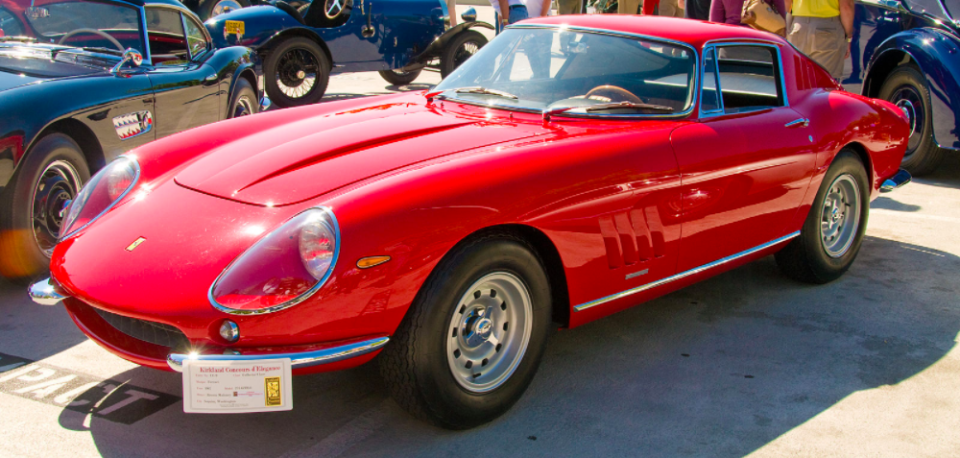Classic cars and fine wine have been generating nice returns for the ultra rich

While stocks have been the best long-run investment going back to 1900, many high net-worth investors have also earned returns in the long-term by snapping up collectibles.
We often hear about collections held by wealthy titans of industry. Wealthy investors make so-called “passion investments” in things like fine wine, classic cars, musical instruments, rare books, jewelry, collectible stamps, gold, silver, gemstones, and other treasure assets.
For instance, Goldman Sachs president David Solomon owns a collection of vintage wines. While the value and size of the collection it’s unclear, it was recently revealed in a lawsuit that $1.2 million worth of bottles were stolen from his collection by a former employee.
Billionaire bond investor Bill Gross, the co-founder of Pimco who now runs the Janus Henderson Global Unconstrained Bond fund, recently put his famed stamp collection worth north of $9 million on the auction block.
A large number of wealthy individuals are prominent art collectors. On Wall Street, some of the big names include Bruce Berkowitz, Leon Black, Steve Cohen, Ken Griffin, Henry Kravis, Daniel Loeb, Daniel Och, just to name some of the biggest collectors. Plus, art continues to make headlines with a Leonardo da Vinci’s “Salvator Mundi” selling for a stunning $450 million late last year.
According to a new report from Credit Suisse, ultra high net worth individuals on average have about 6% of their assets in these collectibles.

And it turns out collectibles such as art, wine, and musical instruments have outperformed more traditional assets like cash and government bonds.
Credit Suisse and London Business School professors Elroy Dimson, Paul Marsh, and Mike Staunton conducted the broadest study ever into these investments and found that expensive collectibles can provide more than just financial returns for their owners.
“These private wealth assets offer the prospect of financial gain as well as personal enjoyment,” the report said.
For the study, they examined the price appreciation going back to 1900 and compared them to the returns from financial assets.
“Many private assets have beaten inflation and in a period of low expected financial returns, they offer an emotional dividend that can be attractive to investors,” the report said.
Since many of these investments require significant transaction costs, they’re usually for someone with a long investment horizon who’s not concerned about the immediate liquidity of the asset.

“In the eyes of the owner, they are beautiful and collectible items, even though they do not generate any financial income. Collectors point to cultural and artistic investment not only as a pleasurable activity but also a contribution to financial diversification.”
Of the collectibles that had 118 years of data, the report found that wine was the best performer, with an inflation-adjusted price appreciation of 3.7% per year.
Meanwhile, the report found that art experienced an inflation-adjusted price appreciation of just 1.9%, which is in line with the average annualized returns of global bonds (2% per year).
While there isn’t 118 years worth of data, classic cars have been strong performers among the collectibles. Rare books have been the worst performers.

Julia La Roche is a finance reporter at Yahoo Finance. Follow her on Twitter.

